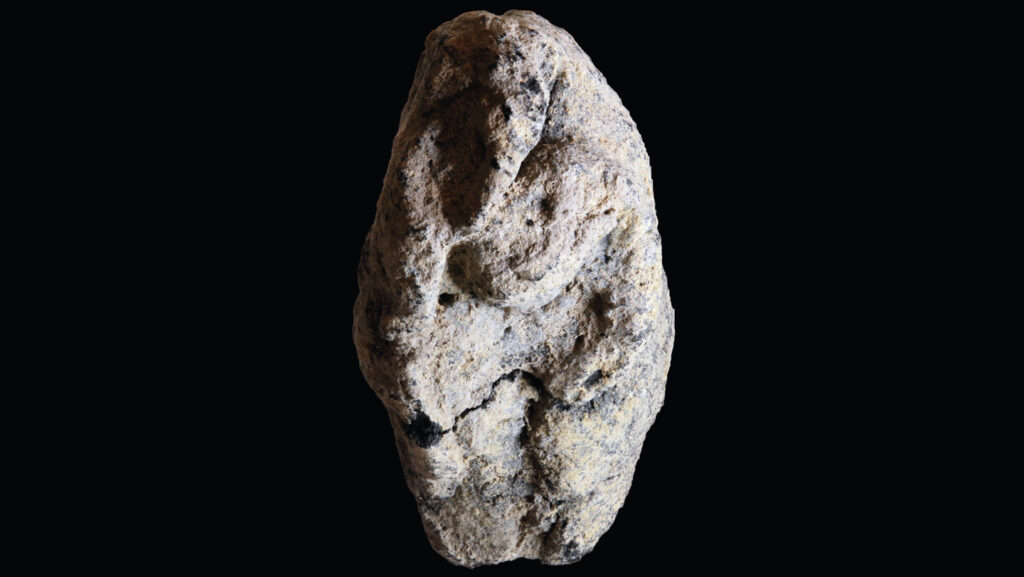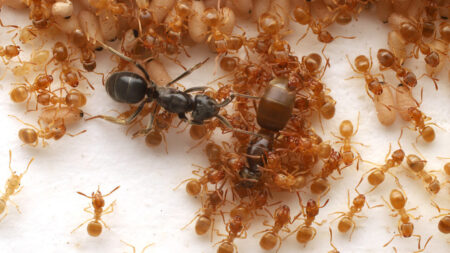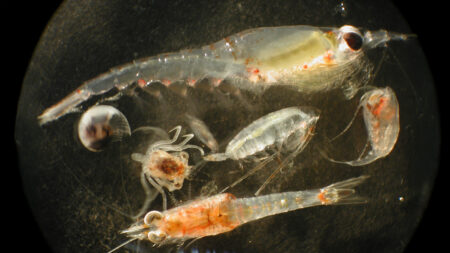A roughly 12,000-year-old clay figurine unearthed in northern Israel has unveiled a surprisingly ancient turning point in storytelling and artistic techniques.
This tiny item, which fits in the palm of an adult’s hand, represents the oldest known figurine to depict an encounter between a human and a nonhuman animal, say archaeologist Laurent Davin of The Hebrew University of Jerusalem and colleagues. Meticulous sculpting captured a mythological scene involving a goose and a woman, the scientists report November 17 in Proceedings of the National Academy of Sciences.
Davin’s group reassembled the figurine from three pieces found in a stone structure at a Natufian site called Nahal Ein Gev II. Natufians, whose culture ran from about 15,000 to 11,500 years ago, lived year-round in villages, hunted a variety of animals (including geese) and gathered wild cereals.
Despite their settled lifestyle, Natufians did not grow crops. Researchers have often assumed that figurines displaying people and animals imbued with symbolic meanings first appeared in farming villages.
The figurine shows a crouching goose on a woman’s back. The bird’s wings encircle the woman’s upper body. Its head and beak nestle against the side of her face.
Davin’s team suspects it shows an imagined or mythical mating of a male goose with a woman. Beliefs in spiritual connections between humans and other animals, and depictions of cross-species encounters including mating, characterized many farming communities as early as around 9,000 years ago, as well as historical hunter-gatherer societies, the researchers say.
The diminutive discovery at Nahal Ein Gev II demonstrates that naturalistic depictions of people and various creatures reflecting spiritual beliefs “started earlier than previously thought,” Davin says. “Clay might have been a medium that facilitated such new expressions.”
Whoever sculpted the Natufian figurine intended it to be viewed from above and at an angle, so that light — from the sun or a fireplace — and resulting shadows created a sense of viewing a 3-D interaction, Davin says.
Perhaps a shaman or another ritual specialist used the Natufian figurine to trigger supernatural visions or conduct rituals, Davin speculates. Previous excavations uncovered a Natufian shaman’s grave at a cave near Nahal Ein Gev II.
A few examples of cave art older than the Natufian figurine show human-animal interactions, including a nearly 44,000-year-old hunting scene in Indonesia. But the ancient clay portrayal of fowl and female took mythological artistry and storytelling into a new realm, Davin says.
Read the full article here














